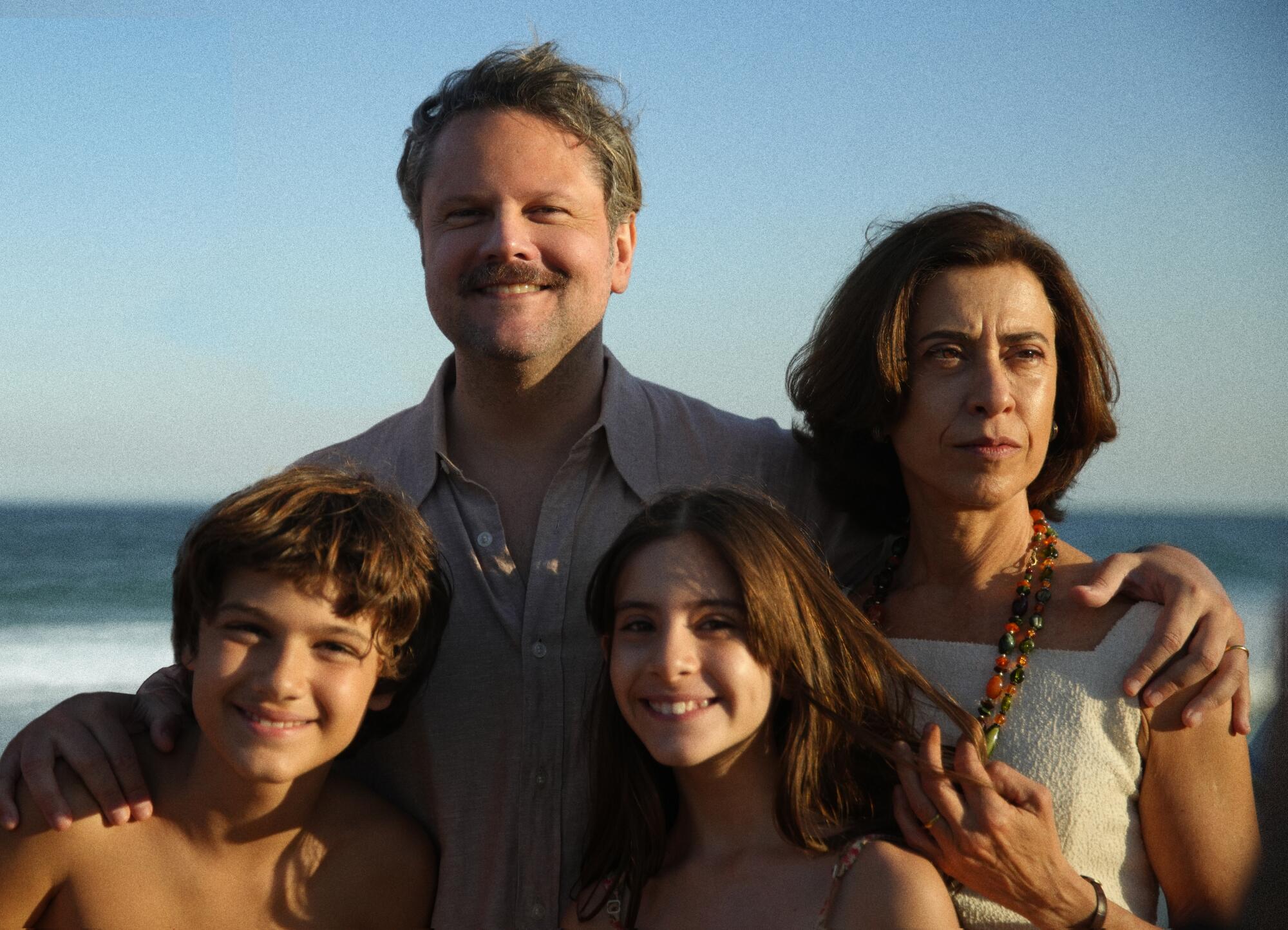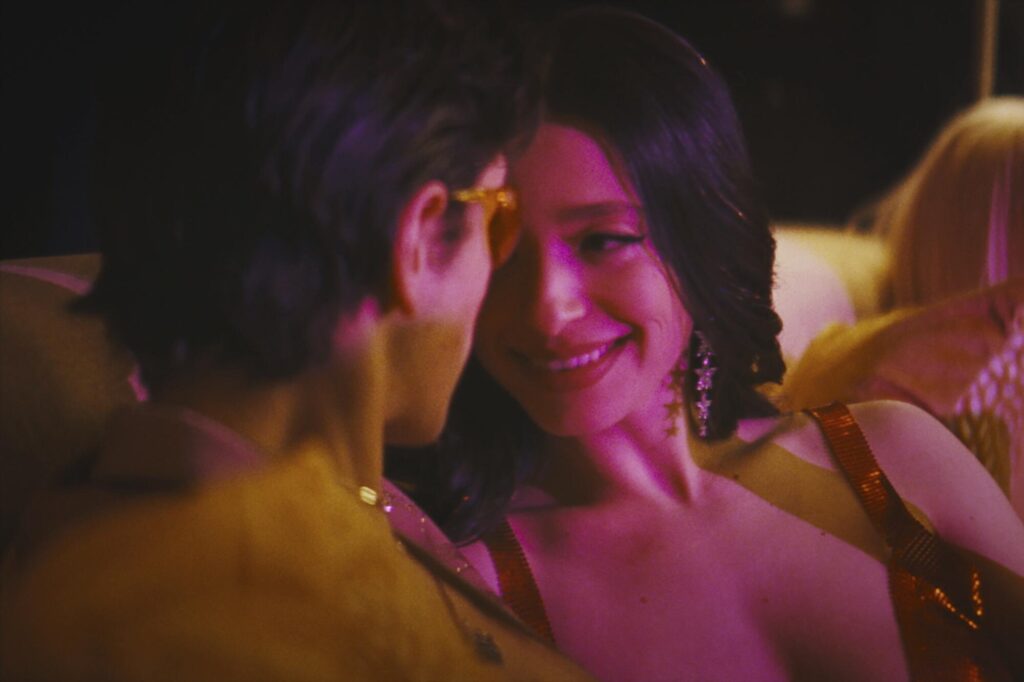Directors, and their editors, must be brutal in their final cuts. Scenes that were conceived, written and often even already shot sometimes must be sliced and diced out — for a variety of reasons: to keep the tension cranked up, to create a little mystery, to keep down the running time.
Well, sometimes that’s an issue. “We didn’t cut a single scene from the movie that ended up on the cutting-room floor,” writes “The Brutalist” producer Brian Young. “That’s why the movie is 3.5 hours long. This is also one of the secrets to making the movie for as much as we did. Nothing was wasted!”
But in most films, not everything can fit, and assembling the pieces is a major part of cinematic craft. “One of cinema’s main challenges is the search for essence,” Walter Salles, director of multiple Oscar nominee “I’m Still Here,” writes in an email. “In that pursuit, great scenes that are not essential must be left behind.”
What snippets of this year’s Academy Award best picture contenders never made it to the final cut? We spoke with five filmmakers behind some of this season’s nominees to find out what we’re missing — and why it had to go.
(Uncredited / Associated Press)
‘Anora’
Sean Baker, director
Setup: Nearly a half-hour of Ani (Mikey Madison) wandering around the strip club, essentially unscripted (but guided by Baker via earpiece) to get “documentary-style” background of her working.
Missing moment: “Mikey was brilliant, because she had done so much research, spending time at that club and shadowing dancers, that she understood what each of her interactions would be,” Baker says. “We had 30 minutes of gold to winnow down to three minutes. I’m hoping to have more on the Criterion disc to show how brilliant she was. But it hurts, especially when I know I have all that gold.”
‘Conclave’
Tessa Ross, producer
Setup: An opening shot of the apartment block where Cardinal Lawrence (Ralph Fiennes) lives. The camera peers into his apartment as he is awoken by an urgent call about the pope’s death.
Missing moment: “During the editing process, we decided that the film’s pulse should be raised from the start,” says Ross, noting that the actual opening of the film now is a tight shot of Lawrence’s back as he strides to the pope’s deathbed. The idea was “to immediately create a feeling of mystique, intrigue and urgency: We don’t have the details, but we feel the pressure is on. It felt important, too, to declare that this would be a film that stays extremely close to Lawrence: The film keeps its characters cloistered, with only fleeting glimpses of the outside world.”

(Alile Onawale/Sony Pictures Classics)
‘I’m Still Here’
Walter Salles, director
Setup: “I’m Still Here” originally opened on an open sea at dawn as a military helicopter arrives. Black bags are tossed from the aircraft and land in the water. The helicopter flies over Leblon Beach and a woman is seen bobbing in the sea.
Missing moment: “The scene put together by our brilliant editor Affonso Gonçalves carried a rare cinematic power,” writes Salles. “But what often seems necessary on paper can become redundant as a film takes shape. … The opening credits scene answered a question that should have remained unresolved [because] … in real life, it remains unanswered to this day: What happened to the political dissidents who disappeared during Brazil’s military dictatorship?”
‘Nickel Boys’
RaMell Ross, director
Setup: As a child, Elwood (Ethan Cole Sharp) probes a mousetrap with a stick, causing it to snap closed as the camera turns to reveal a mouse under the bed.
Missing moment: “We had an extended Elwood childhood,” Ross says. “The goal was to bring you into his perspective and eventually you understand how he came to understand himself as Black, so we started with innocent gestures. That one we loved because it spoke to his connection to other life forms, and his desire not to have a mouse in a trap. But we had too much imagery, and you could lose that image without hurting the film.”
‘Wicked’
Jon M. Chu, director
Setup: Elphaba (Cynthia Erivo) and Glinda (Ariana Grande) are at odds because when Elphaba put everyone to sleep with poppies and left with Fiyero, she didn’t take Glinda. Guilty about that choice, Elphaba apologizes and promises never to leave her friend behind again.
Missing moment: “It was a beautiful scene,” Chu says. “The reason we cut it is in the next scene, they’re at the train station before Elphaba goes to Emerald City. Elphaba is the only one invited — and she invites Glinda to go at the last minute. When you have ‘The Promise’ scene right before that, if you believe Elphaba is a person of her word, you know she’s going to invite Glinda to the Emerald City. She’s said she wouldn’t leave her behind again. So it took the tension out of that next [train] scene. [Without it], you don’t know where their friendship stands because they haven’t talked about it yet. It made that moment more sweet and surprising, and didn’t allow the audience to be too far ahead of us.”

